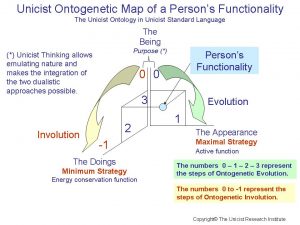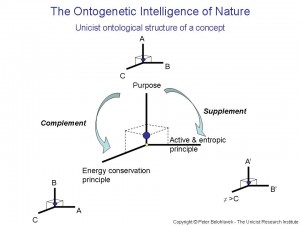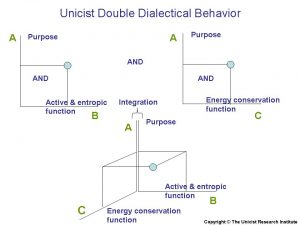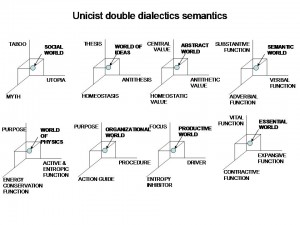The conflicts of the UK, Syria, Egypt and Spain are based on the lack of hope installed in their cultures or subcultures. Social explosions are based on explosive/implosive situations that include necessarily the lack of hope.
If the recent history of South America is revised, it will be seen that the lack of hope provided the explosive/implosive situation for guerrilla.
What is hope in the individual’s context?
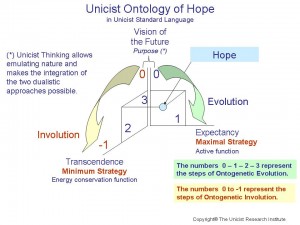 Hope is a personal feeling that can be externally stimulated or inhibited. Hope implies having a vision of the future that makes it worth living.
Hope is a personal feeling that can be externally stimulated or inhibited. Hope implies having a vision of the future that makes it worth living.
What installs hope in the mind of individuals is their capacity to have an active role in the environment to make the future happen. It implies that individuals are driven by expectancies and are trustful and credible in the environment they live in.
Individuals’ transcendence is the energy conservation function of hope. It complements the vision of the future providing a place to be achieved.
Transcendence has supernatural and natural aspects. The place people seek for depends on which aspects prevail. The immanent (natural) aspects of transcendence are driven by the opportunities individuals perceive and the social harmony of the environment they live in.
The Social Context
Abundance, poverty and scarcity define the basic context for individuals’ behavior. Abundance is the perception that the materialistic needs are covered and that all the necessary goods are available for the individual.
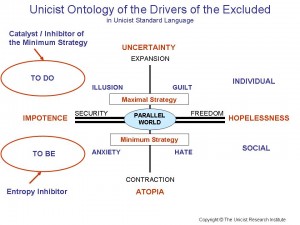 Poverty is the perception that one cannot influence the environment to change the situation of materialistic coverage. It is the consequence and cause of individual and social marginality.
Poverty is the perception that one cannot influence the environment to change the situation of materialistic coverage. It is the consequence and cause of individual and social marginality.
Scarcity is the perception that the materialistic solution depends on what one is doing.
These attitudes drive personal behavior but they are also installed in the myths of cultures and subcultures.
Individuals with an attitude of poverty necessarily lose their hope in a situation of change where they feel excluded. Mass communication produces this sense of exclusion which could be compensated by an educational system that fosters adaptive behavior instead of operational submission.
All those who cannot adapt, feel excluded by the “system” and become necessarily outraged, blaming the formal authorities for their exclusion.
This feeling of exclusion generates a context of fundamentalist responses because people gather to get rid of their weaknesses. This individual feeling of exclusion is transformed into a social catharsis when people are led by outraged leaders.
Cell phones, now accessible for the mass are the natural media to share weaknesses. If someone has doubts, please take a look at the messages that are sent by the general public.
Fostering hope
Fostering hope requires conjunctural palliatives on the one hand and structural solutions on the other.
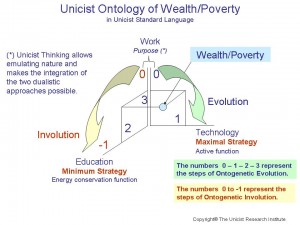 Conjunctural palliatives imply generating conditions for the development of economic counter-cycles that decompress the situation of the outraged. The development of structural solutions implies that there has to be a structural context that fosters equality of opportunities.
Conjunctural palliatives imply generating conditions for the development of economic counter-cycles that decompress the situation of the outraged. The development of structural solutions implies that there has to be a structural context that fosters equality of opportunities.
But it has to be considered that there is a natural inhibitor for avoiding structural solutions.
All the governmental actions that stimulate fallacious myth to cover weaknesses of a culture have rating in the population.
This fosters the need of installing fallacious myths to avoid the perception of weakness because public favorable opinion is a necessary condition for governmental actions.
That is why structural solutions do not produce immediate results and can only be introduced behind conjunctural successful decisions.
The equality of opportunities is inhibited by:
1) Prejudices.
2) The existence of a context of abundance and/or poverty.
3) Conservative domination of the environment without alternation with liberal governments.
4) The interests of segments who profit from marginality.
An explosive/implosive context is installed when inhibitors prevail.
Access more information at:
http://www.unicistinstitute.net/blog/political-equilibrium-of-institutionalized-countries/
 Conclusions
Conclusions
Considering the growth of the population, the solution cannot be found in the past. It is expected that the population in the world by 2050 will be nearby 9 billion inhabitants. Smaller places require technological changes in order to make solutions possible.
This implies and educational system that opens places for the coming generations. You will not find massive catharsis of outraged in the countries that are leading the PISA statistics.
It has to be considered that in extreme stagnated contexts, cathartic conflicts can evolve towards civil wars. Therefore, conflicts need to be evaluated and diagnosed carefully.
We invite you to be our guest at the Unicist Library to learn about “Unicist Anthropology”:
http://www.unicist.com/futureresearch
Peter Belohlavek
NOTE: The Unicist Research Institute is the pioneering complexity science research organization developing solutions for complex adaptive systems using ontogenetic ontologies and object driven technologies. More than 4,000 ontological researches were developed since 1976 until July 2011 in the field of individual, institutional and social evolution.
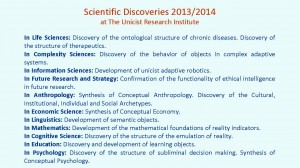 As it has been done every year since its foundation, The Unicist Research Institute synthesized this January the researches that had been finished until that time. After 38 years, 2013/2014, can be considered the year in which the integration of macro and micro behavior could be confirmed.
As it has been done every year since its foundation, The Unicist Research Institute synthesized this January the researches that had been finished until that time. After 38 years, 2013/2014, can be considered the year in which the integration of macro and micro behavior could be confirmed.